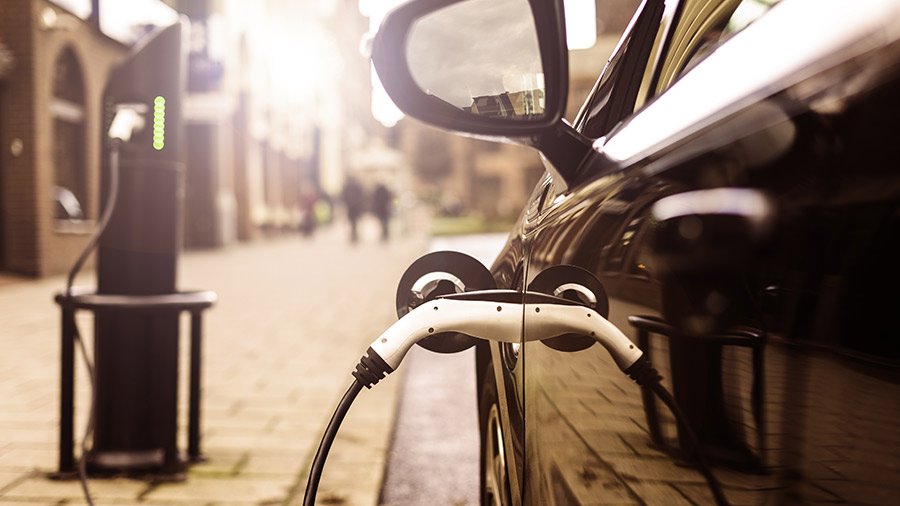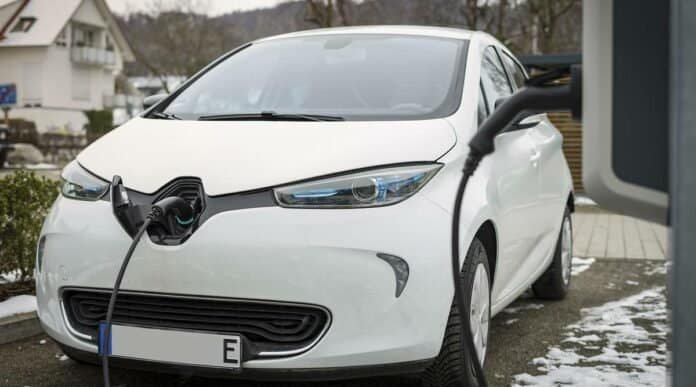India is spending more money on infrastructure, especially green infrastructure. According to a recent analysis by CRISIL, India will spend close to Rs 143 lakh crore on infrastructure over the course of seven fiscal years to 2030. This is more than twice the Rs 67 lakh crore spent in the previous seven from financial year 2016-17 (FY17). Additionally, about 36.6 lakh crore of the total 143 lakh crore will be invested in green projects. Interestingly, there has been a 5x increase in green investments during FY17-23. Renewable energy would account for the majority of the investments in green space in India (30.3 lakh crore rupees), followed by transportation (6.3 lakh crore rupees).
“CRISIL anticipates India’s gross domestic product to increase at an average rate of 6.7% through [FY31], making it the largest economy that will expand the fastest. By [FY31], the per capita income is predicted to increase from $2,500 to $4,500, turning the nation into one of middle income. According to Amish Mehta, Managing Director & CEO of CRISIL Ltd., “This growth will be supported by massive overall infrastructure development, with a sharp focus on integrating sustainability.”
The average ticket size of projects will increase, and there will be a considerable number of mega-scale projects, in the upcoming phase of infrastructure development. An appealing argument for various stakeholders to accelerate investments across infrastructure sectors is created by appropriate and consistent policy and regulatory interventions and a focus on timely execution.

India’s Future Perspective
Leading industries like power and transportation are anticipated to continue to play a significant role, while relatively new ones like electric vehicles, solar, wind, and hydrogen will gain momentum. By 2030, electric vehicle sales in India as a whole are projected to account for about 30% of total auto sales. Up until 2028, two-wheeler electric vehicle sales are anticipated to exceed other market segments, while state-run transportation agencies will boost demand for EV buses. In the upcoming years, electric vehicle adoption will be supported by favorable total cost of ownership and acquisition, as well as model availability for two- and three-wheelers.
Between the fiscal years 2023 and 2030, it is predicted that the proportion of renewable energy in total capacity will increase fourfold. One-half of the additional non-fossil generation will come from solar. Utilizing cutting-edge technologies like “floatovoltaics” (floating solar), offshore wind technology, and green hydrogen is becoming more and more important.
With the help of government incentive programs, the hydrogen industry is expected to draw sizeable investments worth an estimated Rs 1.5 lakh crore between FY24 and FY30. Given that producing green hydrogen costs twice as much as producing hydrogen from fossil fuels, mandates for its use and incentive programs will be crucial in this situation.
In order to represent the growing significance of environmental sustainability in investment choices, CRISIL has recently introduced CRISIL InfraInvex. It draws attention to the enormous financial requirement that can be satisfied by escalating bond market activity, increasing foreign investment interest, and having active equity markets.


